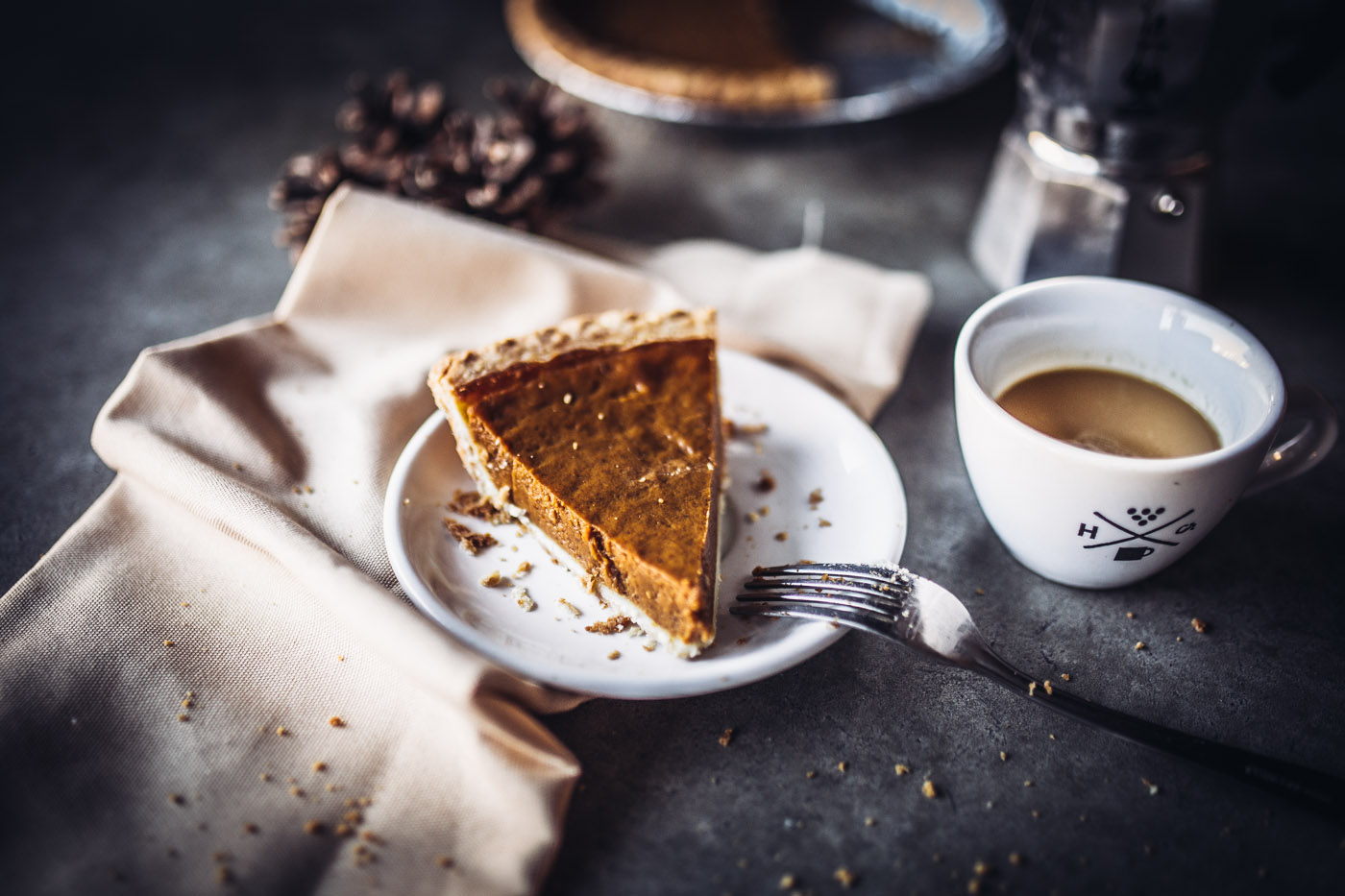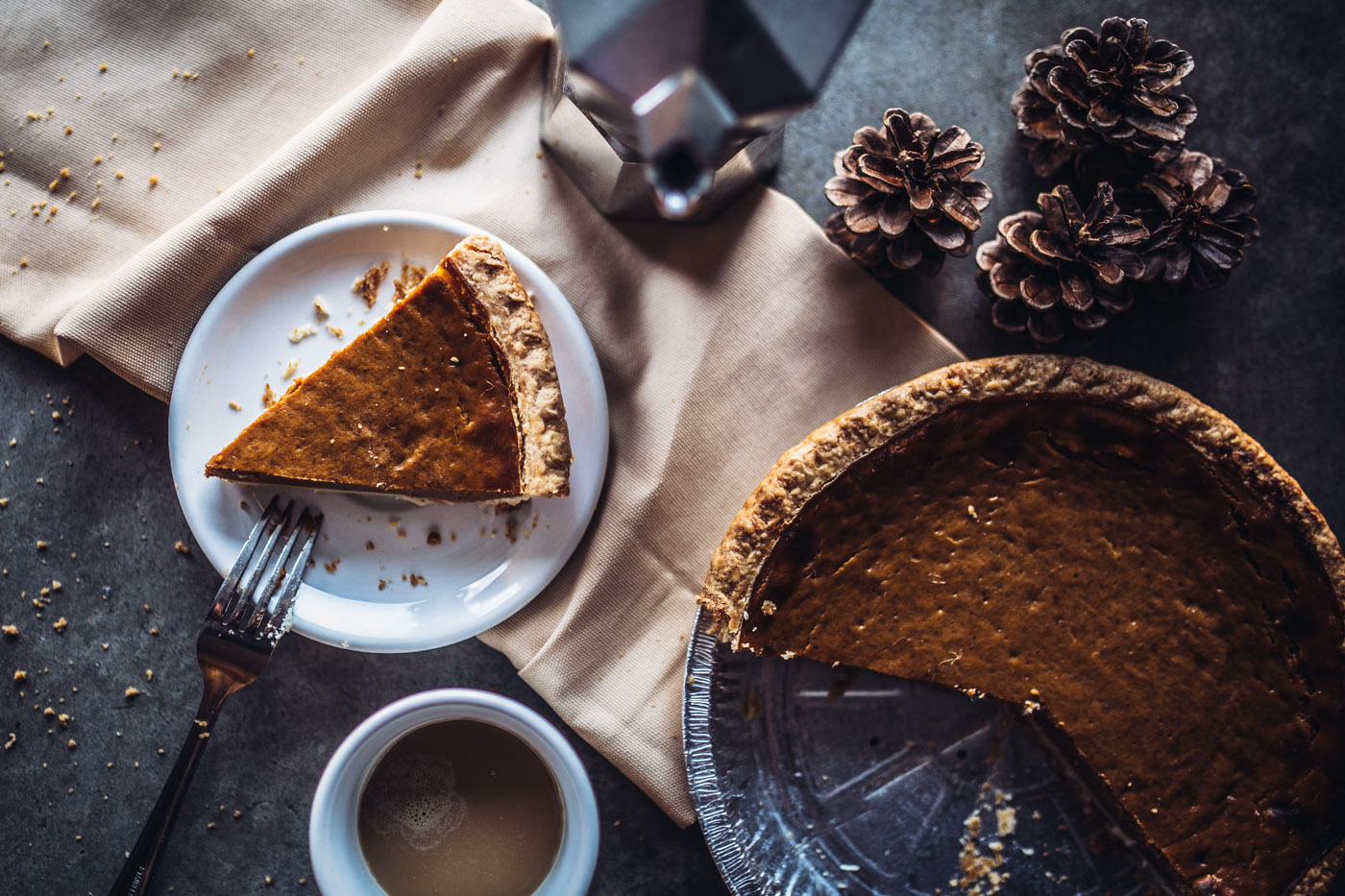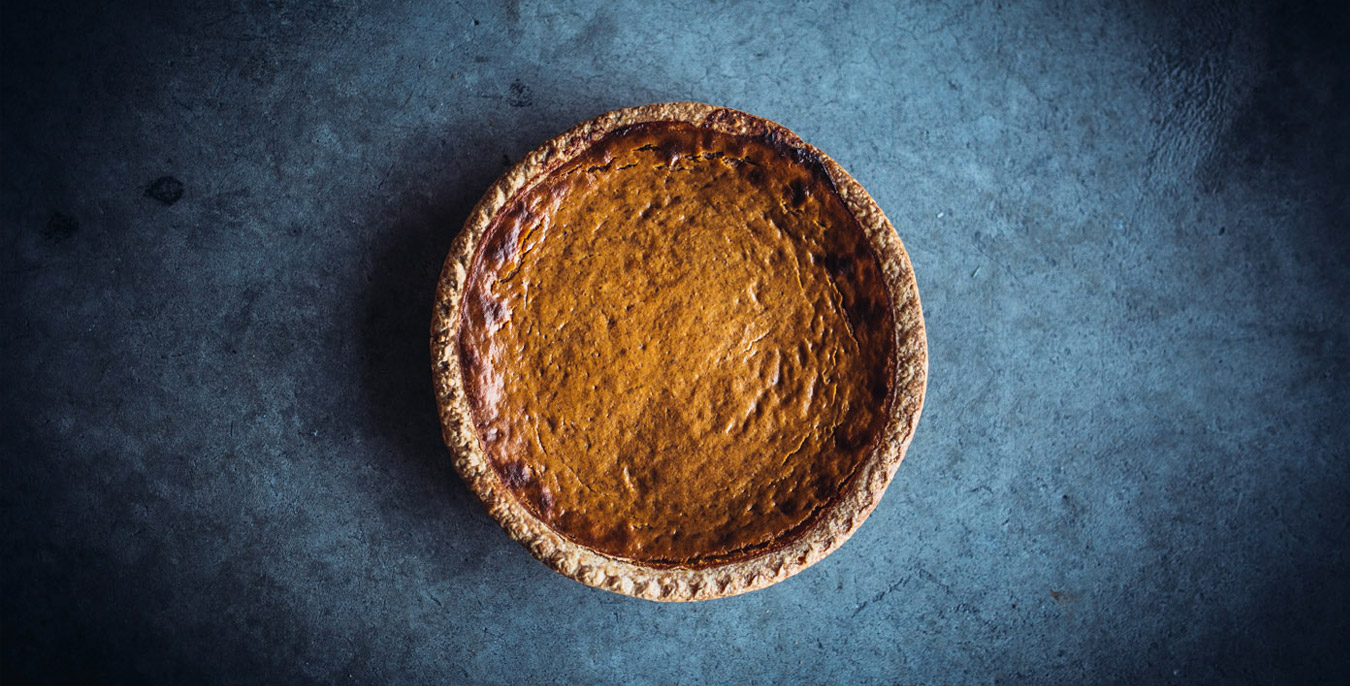A gauzy snapshot of Thanksgiving will focus on the dining table and the people sitting around it. Picture this scene for a moment—the table is a rich, dark cedar. It is covered with a folky, patterned linen table cloth. The crystal glasses are filled with wine and the centerpiece, a handsome turkey, has been perfectly cooked. Picture the side dishes, all of the classics there in fine ceramic bowls. The food is steaming. Somewhere in the kitchen a pumpkin pie is wrapped in pastry cloth. The community at the table is bathed in the warmth of quiet gratitude. Does this sound like your family’s annual Thanksgiving gathering?
If it does not––welcome. Whether you are cooking, eating or attending, Thanksgiving can be one of the more hectic holidays. The keynote of the day is focused on a meal made up of intricate parts. If a single dish is not cooked right, someone at the table will remind you. It will be your rude uncle, maybe. That is why uncles exist, right? And while many people take on a marathon of cooking, focusing so much on the turkey, the real clincher is the pumpkin pie. Consider the pumpkin pie for a moment—the apex of Thanksgiving Day. So much relies on this final perfect dish. The meal ends with it, and the last note is always the most important at a communal gathering.

While no Thanksgiving quite looks like that oil painting version described above, there is a common idea of what Thanksgiving is “supposed” to look like, down to the pumpkin pie. An important question to ask is, did Thanksgiving influence the American version of Autumn? Or did Autumn, the picturesque “fall season,” influence Thanksgiving? There is the turning of leaves, fireplaces being used, certain spices becoming prevalent, the pumpkin patch itself appearing once more. Words like harvest and yield and golden and crisp are used as colloquialism.
The uniquely American pastoralism, the fruits (and vegetables and turkey) of the American workforce culminates on the third Thursday of November. As the United States grew with the advent of industrialization, Thanksgiving offered a glimpse––if only for the day––to the gracious, pastoral life of the past. The narrative is as old as any form of storytelling. Imagine the idyllic life of sheepherder or farmer, green meadows and lush gardens, the cabin with a cast-iron stove, well fed animals; the agrarian lives a guise of pureness and simplicity. The boundless harvest comes as the consummation of hard season’s work. With the harvest comes the meal and the gathering.
The pumpkin finds it way into this pastoral harvest out of seasonal necessity; as an above ground crop, it must be picked prior to late Autumn frost. And if it was picked around mid-Autumn, it had to be cooked. Of course, in the 1600s, the colonial settlers did not have a pumpkin pie in their early gathering. Their version of a pumpkin dish was to fill the hollowed shell with honey and spices. With transnational influx, the pumpkin came and went with other European settlers, and variations of the pumpkin dessert appeared.
In the 1650s, a French chef named Francois Pierre la Varenne included a recipe for a “tourte of pumpion” in his cookbook, The True French Cook (Le Vrai Cuisinier Francois). His tourte required the cook to strain the boiled pumpkin, and to place the mixture in a pastry to bake. However, the closest ancestor we have to the Thanksgiving pumpkin pie appears in the 1790s, in an American cookbook. In the aptly titled, American Cookery, a culinarian named Amelia Simmons described her recipe for a pumpkin-custard based pudding baked in crust. It called for nine “goode” eggs, plenty of molasses and one “pumpion,” but the result sounds far closer to the thing we look forward to eating than does a baked pumpkin shell stuffed with honey.

While it is unclear if Ms. Simmons’ “pumpion puddings” were made specifically for the Thanksgiving Day dinner, due to the proximity of the gourd harvesting, these timelines would match up. It seems that this dessert was perfected, year after year, for the subsequent gatherings. The evolving pumpkin pie and its roughly 400 year history falls right in line with the other shifting traditions of America. Perhaps then, the phrase, “as American as apple pie,” is shortsighted, because the idea of the pumpkin pie is even older than the country from whence it came.
Now it is necessary to admit a truth about the pumpkin pie. Not everyone has gone the full measure to peel, stew and mash a whole pumpkin. In fact, many people can say they have never done that––and that is okay. Buying pumpkin pie mix in a can is the full circle of industrialization. This portion of this loose history points to Libby’s of Chicago, a meat-canning company that first mass-produced canned pumpkin pie mix. In 1929, Libby’s Pure Pumpkin Pie Mix hit grocery store shelves, and Thanksgiving chefs across the country sighed in relief. Subsequently, the whipping siphon was patented by a man in Ohio around the same time. So the dollop of whipped cream on top of the canned mix pumpkin pie was simply the logical step.
Without advocating canned mixes, it is hard to deny that the pumpkin pie is a guilty pleasure; guilty pleasures as comfort foods make any holiday enjoyable. Or as some might say—bearable. However your Thanksgiving spread looks, however needling your family members might be, however late your dinner is running, however your pumpkin pie looks, remember this: Thanksgiving transforms. It has changed dates, it has changed backstories, it will range in celebration from region to region, family to family, and gathering to gathering. So however you are celebrating the holiday, you are probably doing it just right.







Our comments section is for members only.
Join today to gain exclusive access.